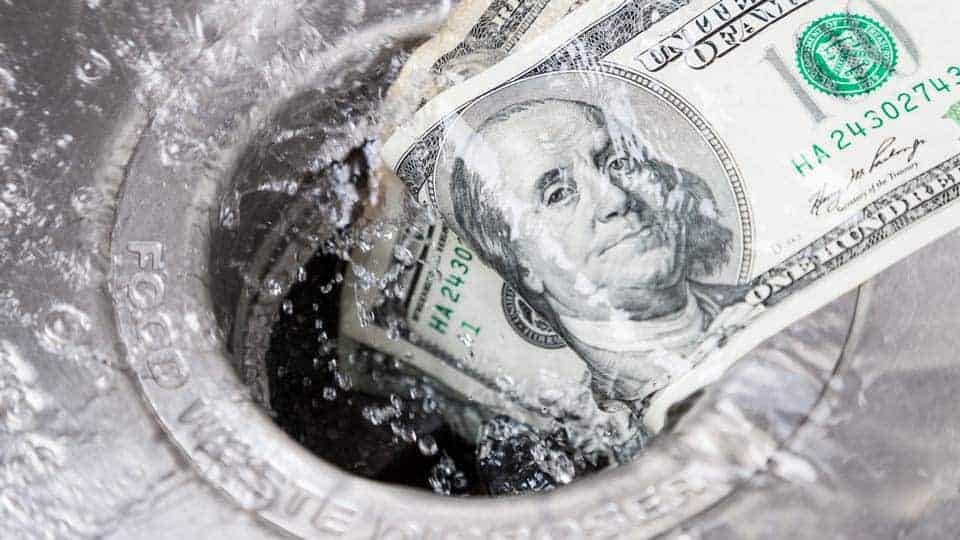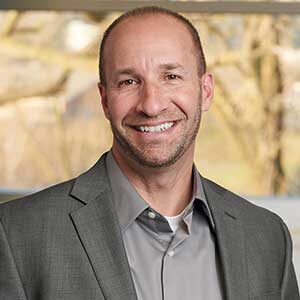More stringent water and wastewater regulations for municipalities comes with an increase in day to day operational and capital costs. Many municipalities have responded by increasing surcharges to businesses that discharge wastewater exceeding certain industry standards.
The food and beverage sector has been affected by these surcharge increases because of a typical effluent containing high oil and grease, total suspended solids, and potentially high biochemical oxygen demand (BOD). In addition, many food and beverage facilities are focused on water reduction. This reduces overall wastewater flow. What comes in goes out unless you reuse it within the plant. Phosphorus surcharges can also be a big hit on their wastewater bill. The front-end water bills are also increasing due to rate hikes.
These higher operating costs are changing how the food and beverage industry looks at water and wastewater. More and more, increasing profitability means working toward efficient waste streams and taking a closer look at the level of pretreatment needs. Now, focusing on water reuse, more efficient pretreatment, and reducing water usage are worth the capital investment.
So where should the food and beverage industry start their investigation for quality decision making? Typically, food and beverage facilities may incorporate a dissolved air flotation (DAF) system into their wastewater treatment applications, pH control, and/or additional storage for their Clean in Place (CIP) water. Other areas that may help keep utility surcharges down:
- Efficient pretreatment. DAF operation can achieve over 90% removal rates for TSS and FOG and as high as 80% or higher removal rates for total BOD. Chemistry is critical.
- Look at options to bypass clean waste streams that don’t need pretreatment.
- Add an equalization (EQ) tank to control flow to pretreatment systems for better efficiency and additional storage during heaving cleaning periods. Provide good mixing in the EQ tank so that the level of concentrations going out for treatment are consistent.
- Start a sampling program for CIP and wastewater streams. This will provide quality data for making decisions for treatment, CIP reuse/reclaim options, and budget planning.
- Instrumentation and a quality preventative maintenance can reduce long term labor costs and increase savings through tight process control measures, reducing surcharges.
- Seal water, cooling water, wash water, etc. can all provide potential water for reuse. This water can be used for boilers, cooling, irrigation, cleaning and process water.
- Communication with your utility provider. Work on a solid relationship with an open-door policy to provide support and help for each both parties.
These are just a few of the many ways the food and beverage sector can potentially reduce water usage, and therefore wastewater surcharges. I will be presenting more on this topic at the International Cheese Technology Expo in Milwaukee, April 15th-16th. As water professionals, we are committed to finding the most efficient, cost-effective wastewater solutions possible for our clients.



